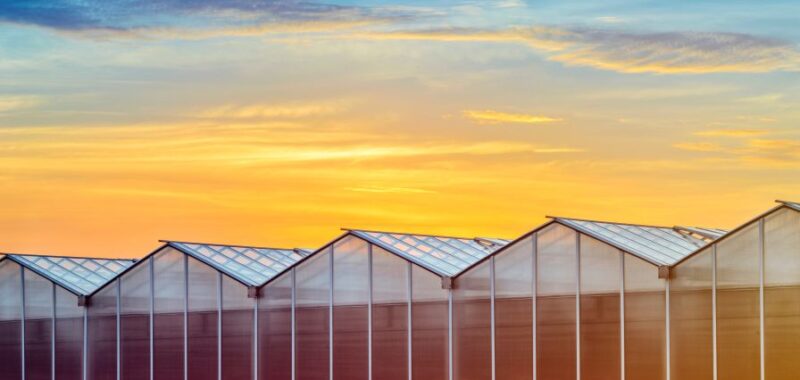Daylight Savings Time (DST) will end for the year on Sunday, Nov. 3, 2024, falling back 1 hour. It will begin again on Sunday, March 9, 2025, when clocks will be turned forward 1 hour.
While a common yet annoying practice in the U.S., the effects of DST have many implications for market producers and consumers in several industries, including floriculture and horticulture. So, how does Daylight Savings Time affect the horticulture industry?
Extended or Shortened Daylight Hours
One of the obvious changes to expect from DST is extended daylight hours, says Vego Garden. “Plants thrive on sunlight, and more light means more time for optimal growth.” After all, the primary reason behind advancing clocks is to make better use of longer daylight hours available during the summer for growers.
Now with DST ending as we move into winter, the opposite is true.
Schedule Adjustments
Growers, whether professional or novice, will need to adjust their schedules in preparation for new daylight hours. During Daylight Savings Time, there is more light in the evening and less light in the morning. When DST ends in the fall, there is more light in the morning and less light in the evening.
These changes in daylight hours, whether additional or reduced, mean that growers must properly plan tasks. Beyond lighting schedule adjustment and the new timing of sunlight applications for crops and plants, labor that needs light should also be planned accordingly.
Winter is Coming
The end of Daylight Savings Time signals that the growing season is heading into winter. Depending on the climate of your operation, this may already be apparent, while for others, the heat has yet to die down by much. Regardless, the end of DST should bring about haste for winter preparations, including:
Accounting for everything from exterior structures to biofilms ensures comprehensive greenhouse protection, allowing for a productive fall season and leading into winter. Check out this winter preparation checklist from LLK Greenhouse Solutions to learn more.
What other preparations and information do you think are helpful to know for both the start and end of Daylight Savings Time? Comment below to let your fellow growers and industry consumers know, so they can have fruitful harvests, no matter the crop, year-round.

